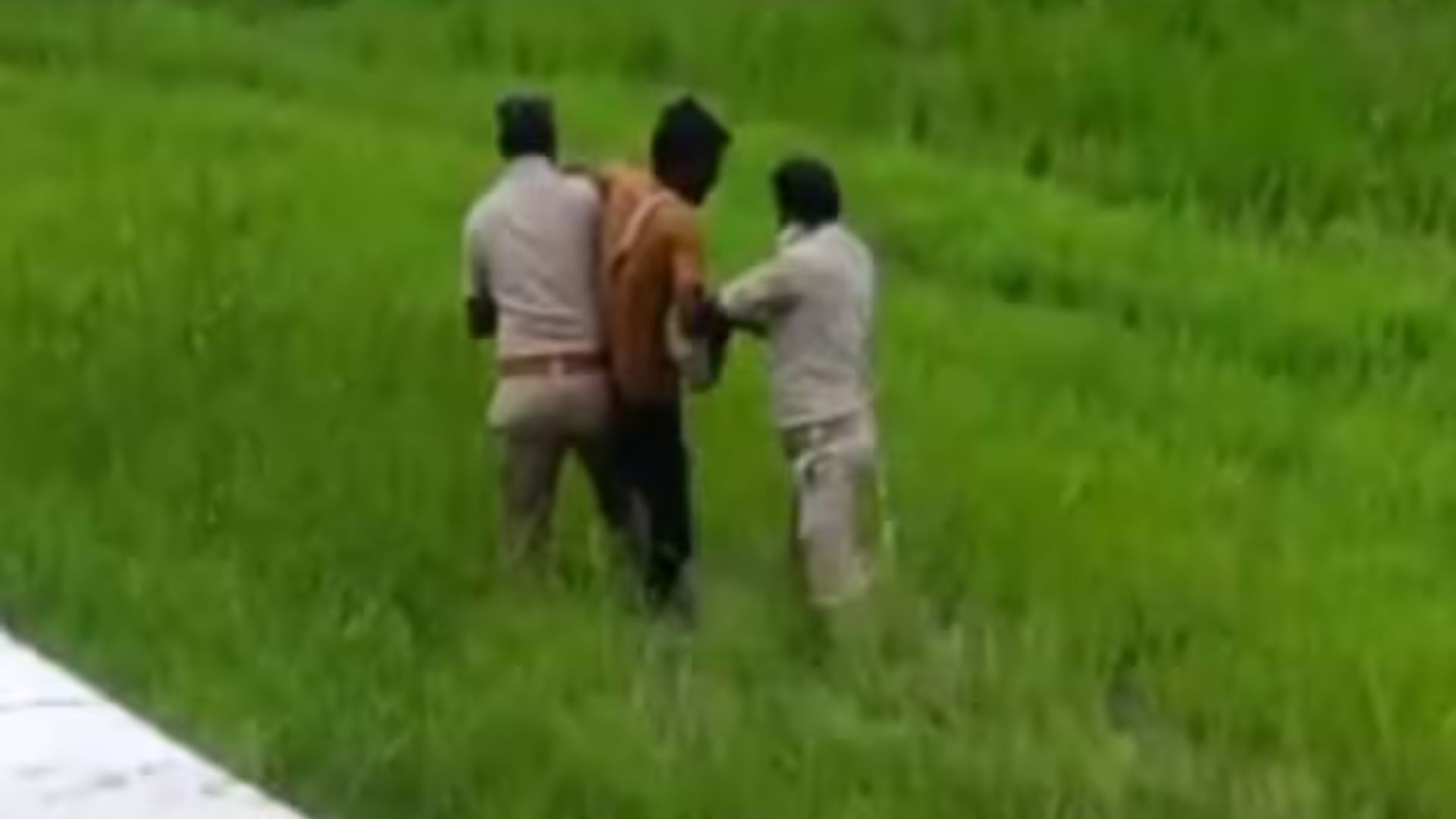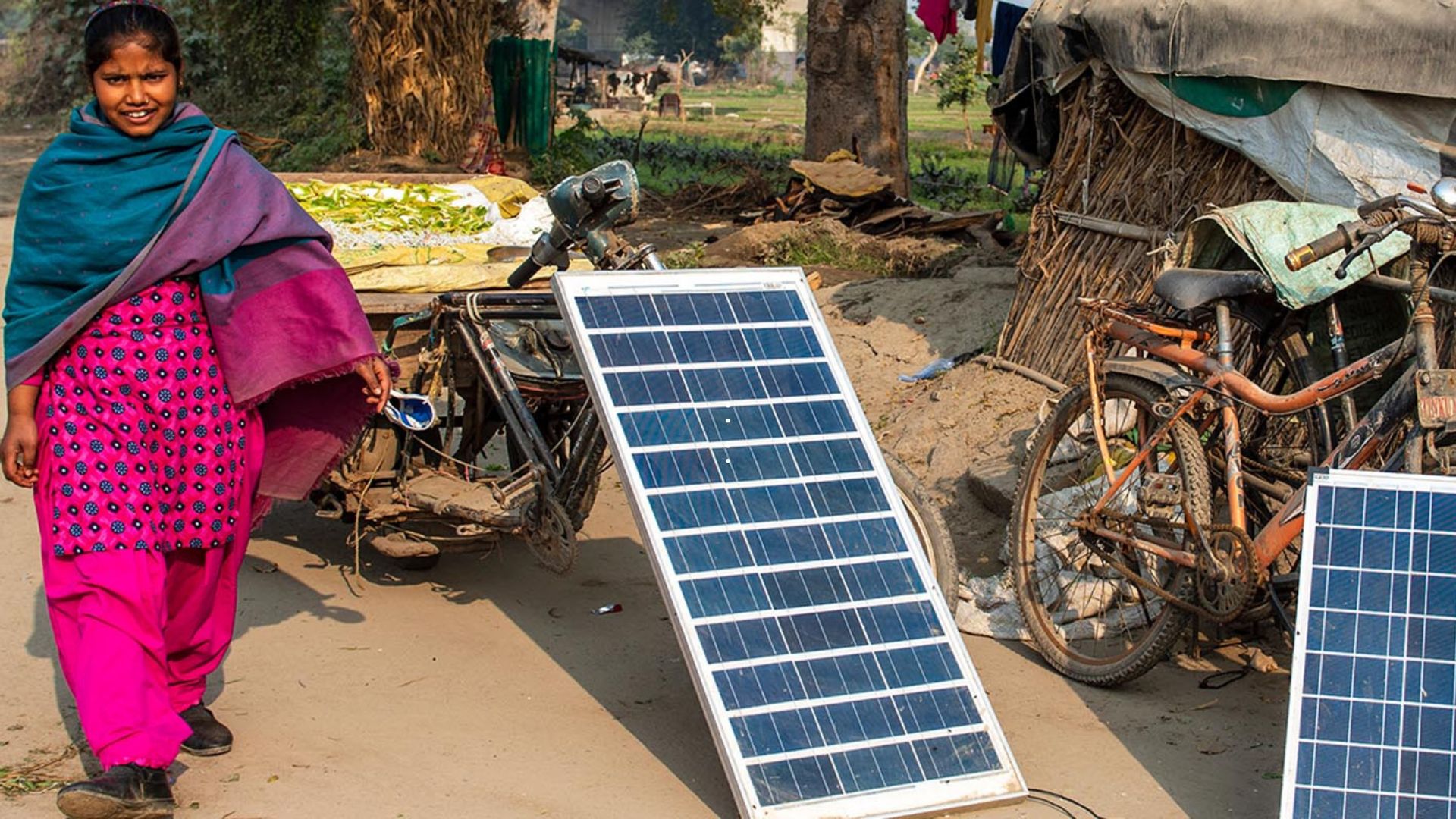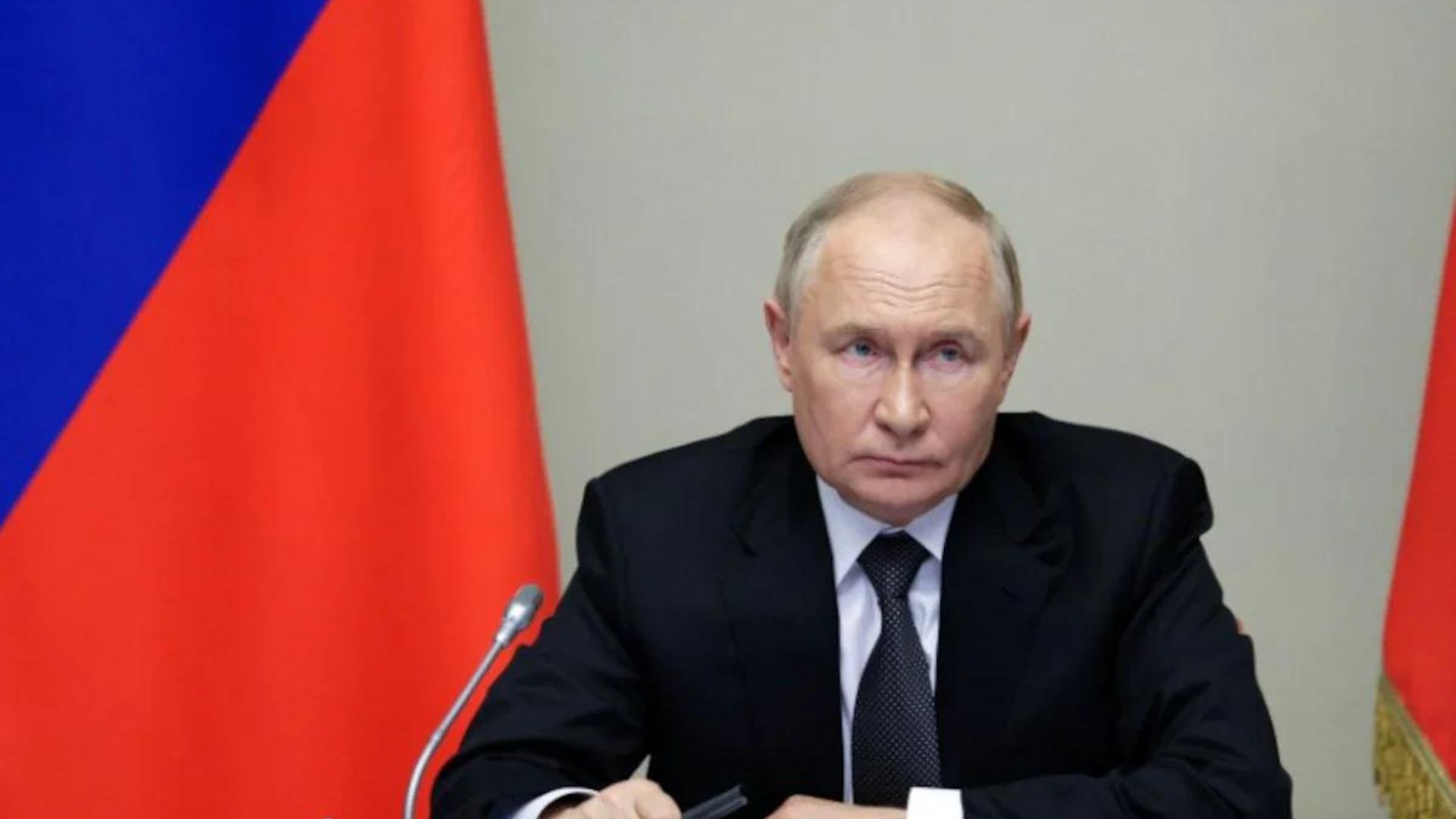Jaipur Marks a momentous occasion—the consecration ceremony of Lord Shri Ram’s grand temple in Ayodhya—a milestone cherished with immense joy and pride by every Indian. This temple is more than just a structure; it embodies India’s strength, unwavering resolve, and national consciousness. After centuries of toil, the sacrifices of numerous kar sevaks (devotees involved in temple construction), and the unyielding support of millions of Hindus, the auspicious moment has arrived for the grand temple’s construction at the birthplace of Lord Shri Ram. On this momentous day, Prime Minister Narendra Modi, representing 140 crore Indians, will preside over the consecration of Lord Ram Lalla’s idol in the Ayodhya Ram temple, under the Mrigashira constellation.
An Exemplary Display of Leadership and Democratic Strength
The commencement of construction work on August 5, 2020, with the laying of the temple’s foundation stone, was celebrated as a sacred festival, etching a golden chapter in India’s cultural history. The resolution of a centuries-old dispute within the constitutional framework stands as an unparalleled example of our democratic ethos. The Shri Ram Janmabhoomi Mukti Andolan has played a pivotal role in erasing divisive boundaries in Indian society, fostering unity across caste, creed, language, and region. India is witnessing a surge of confidence, ushering in transformative changes across various domains while emerging as a prominent global force.
150 Years of Legal Complexity
Under British rule, the Hindu community’s claims to the Ram Janmabhoomi premises were consistently dismissed. A shift in awareness post-independence resulted in vocal opposition to a mosque constructed centuries ago by foreign invaders. The manifestation of Ram Lalla’s idol at the Ram Janmabhoomi premises in December 1949 sparked a new phase of legal battles. The movement gained momentum in 1989, notably during the Kumbh Mela in Prayagraj, with a declaration at the Dharma Sansad emphasizing contributions for temple construction.
Efforts in Fundraising and Nationwide Faith
The Ram Janmabhoomi Trust initiated fundraising, collecting Rs. 8,29,31,000 for the temple’s construction. Contributions poured in from Hindus globally, with Ram Shila pujans conducted at numerous locations involving millions of devotees. Over 5,500 crores have been amassed for the temple’s construction. Concurrently, the Ram Rath Yatra, from Somnath to Ayodhya, stirred a wave of faith across the nation. The journey symbolized unwavering devotion to Ram in the current era.
Challenges Amidst Devotional Service
The journey was not without hurdles. In October 1990, despite facing adversities, Kar Seva at the Ram Janmabhoomi complex proceeded. However, events on November 2, coinciding with Kartik Purnima, witnessed unfortunate clashes resulting in casualties among Kar Sevaks. This tragic incident highlighted the challenges faced by those devoted to the cause.
Historic Gathering in Delhi and the Decisive Moment
Five months after the tumultuous events, a massive Hindu rally in Delhi underscored unity and support for the Ram Temple construction. December 6, 1992, marked a decisive moment when ancient remnants of the temple emerged from the debris of the 468-year-old Babri structure. While celebrated as a victory of people’s sentiments, it raised debates regarding the hastiness of events.
Triumph of Cultural Independence
The construction of Lord Shri Ram’s grand temple in Ayodhya signifies a significant national awakening. It stands as a political-cultural victory resonating with the vision of the Rashtriya Swayamsevak Sangh’s centenary celebration in 2025. This movement, involving millions without escalating into violence, showcases India’s democratic fabric. The sacrifice of countless Ram devotees laid the foundation for this victory, devoid of vengeance. It was a moment akin to Lord Rama’s return to Ayodhya after Lanka’s conquest—a jubilant Diwali celebrating a monumental achievement, a testimony to India’s sovereignty and cultural triumph.
The author is a legislator from the Bharatiya Janata Party. He has been elected as a Member of the Legislative Assembly (MLA) from the Civil Lines constituency in Jaipur.















